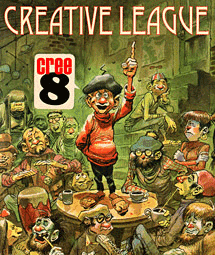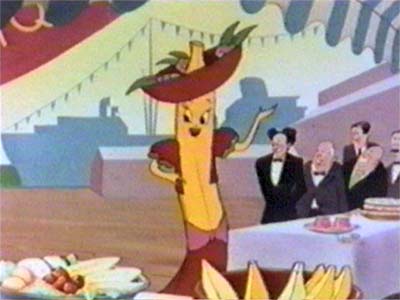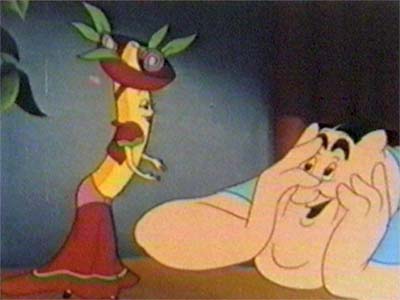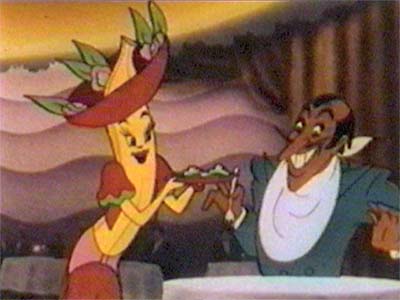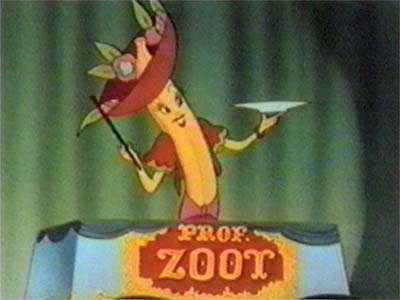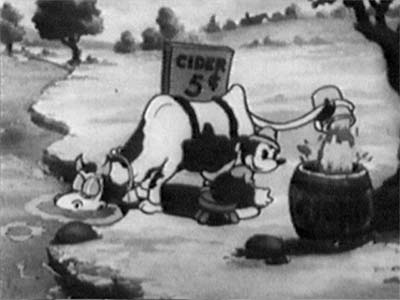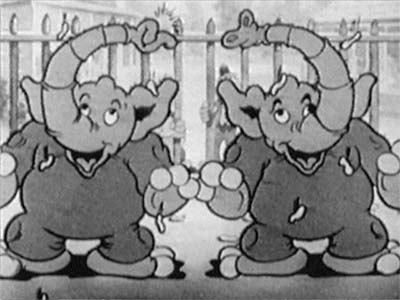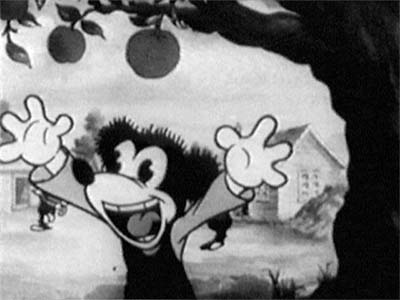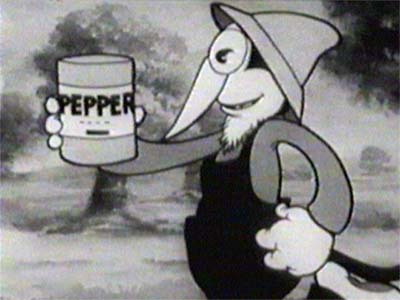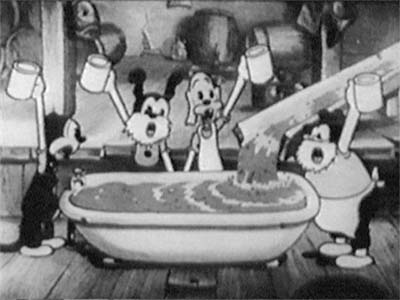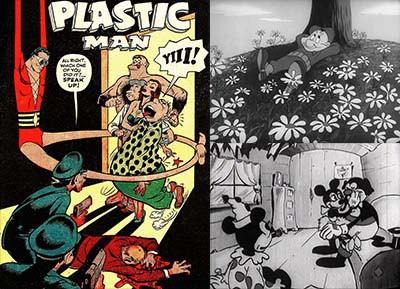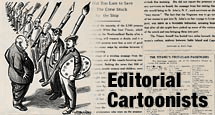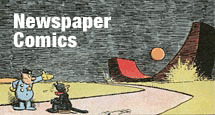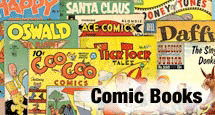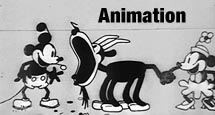In 1969, Fred Rogers appeared before the United States Senate Subcommittee on Communications. His goal was to support funding for PBS and the Corporation for Public Broadcasting, in response to significant proposed cuts by President Nixon.
June 11th, 2016

Inbetweens: Fred Rogers Defends Meaningful Children’s Programming
Posted by admin @ 10:57 am
June 2nd, 2016

DESIGN: Specific Design for Animation Characters
Today, I would like to introduce you to JoJo Baptista, Animation Resources’ Director of Education. Over the next year, JoJo will be assembling articles for this website as well as hands on online courses in drawing and design for the membership of Animation Resources. -Stephen Worth
By JoJo Baptista
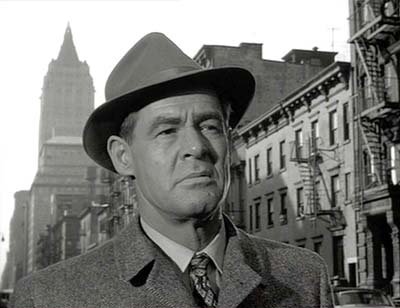
In these sketches Jim Smith demonstrated a perfect example of viewing observation from reality, in this case the acting of Robert Ryan, and he applied it to a generic cartoon dog. In order to gain an understanding of how the design of the character worked, Jim did studies of a dog character from a Dan Gordon comic.
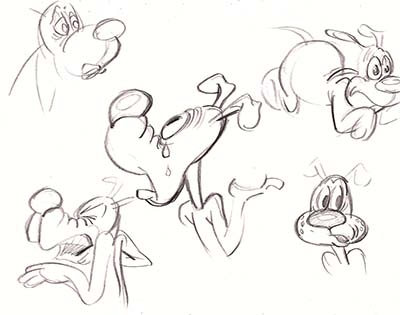
He then researched Robert Ryan’s performance in the 1951 film, “The Racket”, and sketched several facial studies.

He applied his knowledge of the dog design, then overlaid specific expressions based on his Ryan studies. These expressions breathed new life into the character, giving his acting entirely new levels of distinctiveness.
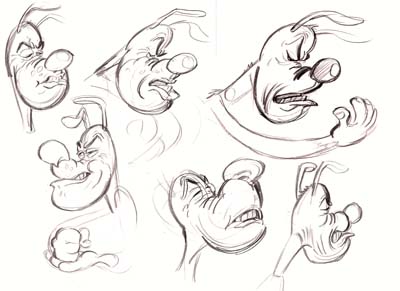
Take a look at how the features which make up Robert Ryan’s face match the dog’s exactly (ie. The jaw, cheeks, eyebrows, etc). He was able to create new eye and mouth shapes based on his findings. Beautiful execution! This is an incredibly sophisticated process, which takes a complete understanding of not only cartoon construction but a mastery of the human figure as well. Jim’s knowledge of both is what allows him to execute such a complex amalgam of unique cartooning.
A specific expression isn’t simply eyebrows up or down to convey an emotion on a characters face. It isn’t just a generic happy or sad character. In fact, based on these drawings one can make the observation that it uses the entirety of the face, even when shapes are at rest, to put forth an expression that is totally unique and functions within the context of a scene.
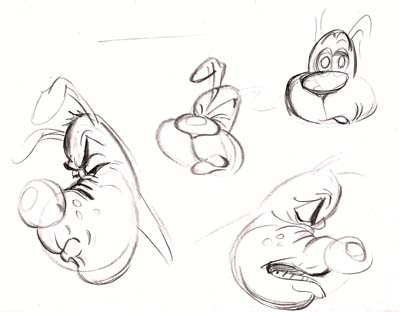
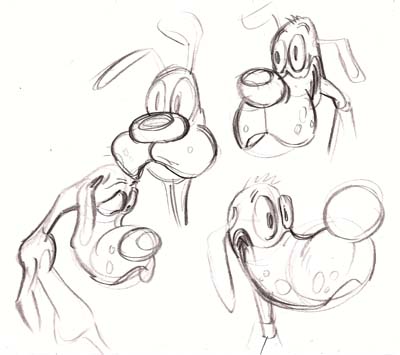
The drawing on the bottom left looks as though it’s a combination of a cartoon shape and anatomical elements.
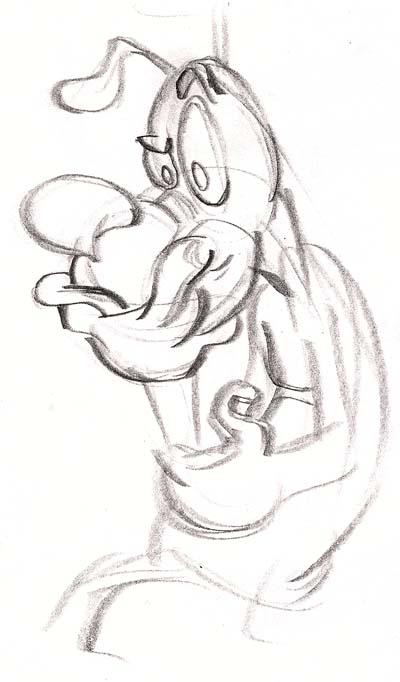
To those studying these drawings: Don’t just redraw these poses! The lesson to take away from this article is how to get to the point of an expression. Experience drawing both cartoon characters and real human beings is important. Once you have an understanding of how a fundamental principle works, apply it to another. Try taking an existing actor with wild expressions and apply them to a generic classic cartoon character (ie. Jerry Mouse, Tom Cat, Elmer Fudd, etc.). You’ll learn a lot about acting and design this way, especially what a character needs in order to emote.
I invite you to share your studies in the Animation Creative League Facebook group. That way, we can all learn something from each other.
JoJo Baptista
Director of Education
Animation Resources
Posted by Stephen Worth @ 3:41 pm
May 27th, 2016

REFPACK010: Available For Download Now!
REFPACK 010
May-June 2016
MEMBERS LOGIN To Download Video
JOIN TODAY To Access Members Only Content
Every other month, members of Animation Resources are given access to an exclusive Members Only Reference Pack. These downloadable files are high resolution e-books on a variety of educational subjects and rare cartoons from the collection of Animation Resources in DVD quality. Our current Reference Pack has just been released. If you are a member, click through the link to access the MEMBERS ONLY DOWNLOAD PAGE. If you aren’t a member yet, please JOIN ANIMATION RESOURCES. It’s well worth it.
PDF E-BOOK:
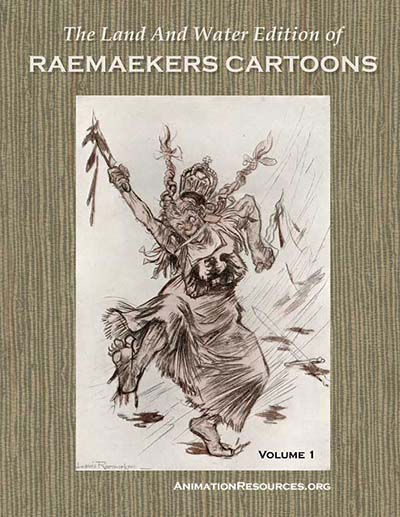
Raemaekers Cartoons![]()
Land and Water Edition Volume One
This e-book faithfully reproduced the first volume of The Land and Water Edition of Raemaekers Cartoons. It is set up ready to be printed double sided on two sided 8 1/2″ by 11″ punched paper, and is optimized for viewing on iPads with retina screens.
REFPACK010: Raemaekers Cartoons![]()
Adobe PDF File / 331 Pages
457 MB Download
DVD QUALITY VIDEO:![]()
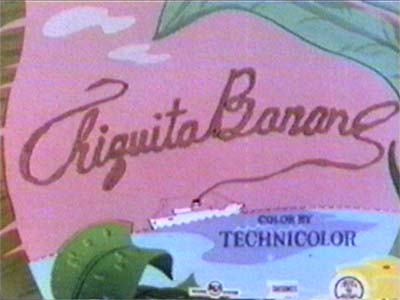
Chiquita Banana Reel![]()
John Sutherland Productions (1947)
Originally called “Miss Chiquita”, the character mascot for Chiquita Bananas was designed in 1944 by cartoonist Dik Brown, creator of the “Hagar the Horrible” comic strip. Patterned after singer Carmen Miranda, the character was intended to introduce the exotic tropical fruit to the American public. The jingle, written by ad agency executives Garth Montgomery and Len MacKenzie is among the most popular commercial jingles of all time.
This reel of theatrical Chiquita Banana commercials came to me as something of a mystery. It surfaced with a film collector who didn’t know what studio produced it. All he knew was the date- 1947. I’ve since been told that these shorts were the work of the John Sutherland studio. The animation, backgrounds and color styling in these theatrical commercials are first rate. If you have any more information about the people who worked on them, please share the info in the Animation Resources Facebook groups.
REFPACK010: Chiquita Banana Reel![]()
MP4 Video File / 18:00
303 MB Download
MEMBERS LOGIN To Download Video
JOIN TODAY To Access Members Only Content
DVD QUALITY VIDEO:![]()

The Peanut Vendor![]()
Down By The Old Mill Stream![]()
Fleischer Studios (1933)
Max Fleischer’s Screen Song cartoons are among the rarest and most underrated cartoons ever produced at the studio, but at the time they were made, they were extremely popular. When these cartoons began to be distributed to television in the mid-1950s, the Screen Songs became something of a “white elephant”. It isn’t hard to understand why. In a packed movie theater, it’s a lot of fun to “follow the bouncing ball” and sing along with the rest of the crowd. But no one in their right mind would sing along with their TV set. On top of this, the live action celebrity segments featured acts who were considered dinosaurs by the mid-1950s. Television stations often clipped out the live action segments, jumping straight from the end of the first cartoon segment to the animated bouncing ball segment at the end.
Animation Resources is fortunate to have a nearly complete collection of Screen Songs, thanks to the late Dave Butler, owner of Bosko Video and a major film collector. Derived from TV syndication prints, many of the Screen Songs in our collection aren’t complete and the quality of the source elements varies. But the animation itself is pure gold. Dave had the foresight to transfer these on a Rank-Cintel, so you will be able to still frame through the cartoons and study the unique and imaginative work of the Fleischer animators. I have selected two Screen songs from 1933 to share with you this time. These include the live action segments so you can see how the bouncing ball cartoons were originally formatted. There is an awful lot to learn from these deceptively simple looking cartoons.
REFPACK010: Peanut Vendor / Old Mill Stream![]()
M4V Video File / 18:30
337 MB Download
MEMBERS LOGIN To Download Video
JOIN TODAY To Access Members Only Content
MEMBERS LOGIN To Download Video
JOIN TODAY To Access Members Only Content
Not A Member Yet? Want A Free Sample?
Check out this SAMPLE REFERENCE PACK! It will give you a taste of what Animation Resources members get to download every other month!
Posted by Stephen Worth @ 11:57 am





